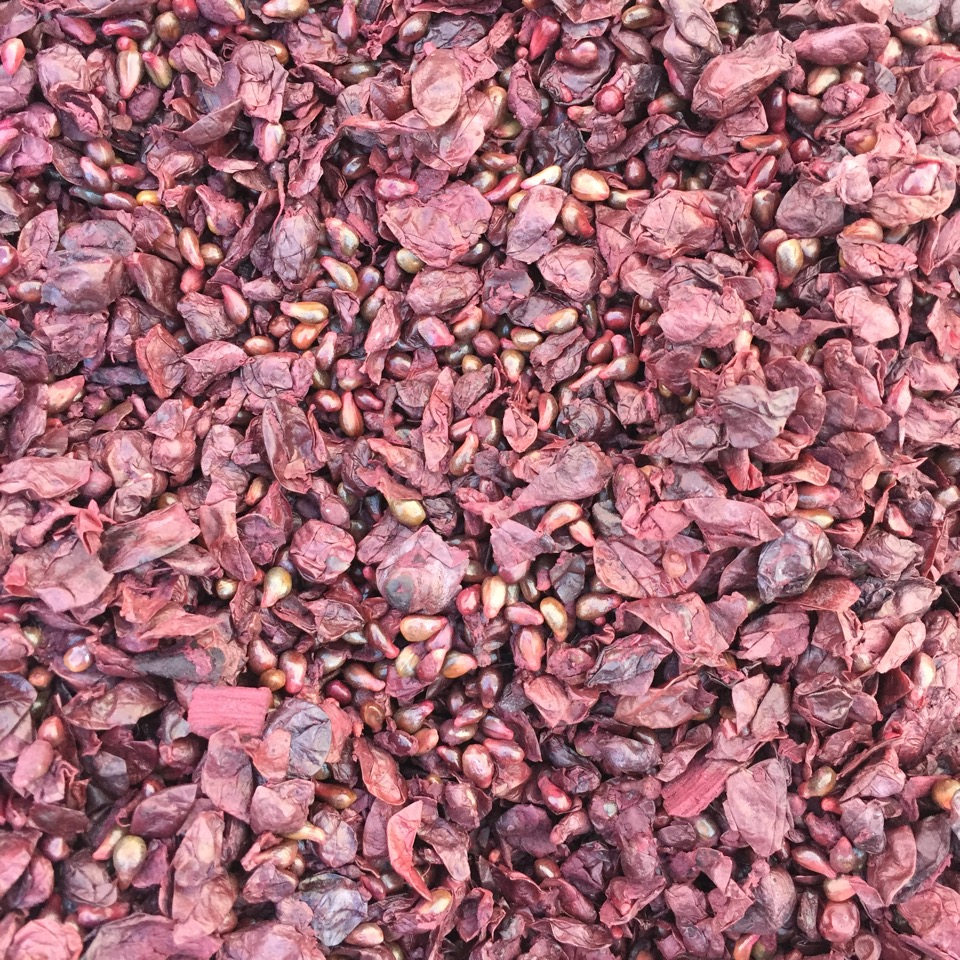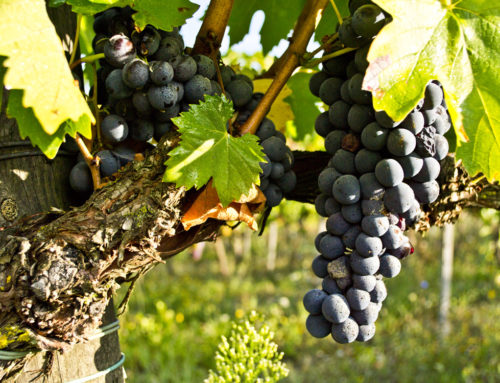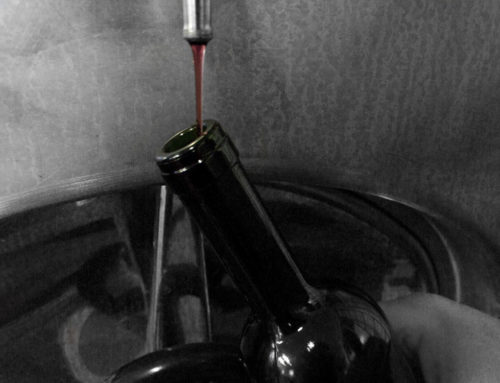Racking | How is it done at Fattoria Petriolo?
Perhaps racking is the least known phase of the wine transformation process. Contrary to popular belief, this is one of the most important and delicate moments in the first phase of production.
Let’s begin to understand where to place it in the production process: we harvest, we squeeze, the monster ferments and is transformed into wine .. it’s time to rack off!
To try to give a definition:
“Racking is the wine operation by which the wine is extracted from the must at the end of fermentation”
It is a racking, the first, which is done when the fermentation is complete, that is when all the sugar in the grapes has been transformed into alcohol. This operation is typical of fermentation with maceration or red winemaking.
In other words, when the process of transformation of the must into wine has taken place, the wine is decanted from the fermentation tanks and through this procedure the wine is separated from the marc.
The marcs are then pressed and the wine is extracted which is decanted to allow the coarser residues to settle. This wine has a much higher tannic level than the ‘flower wine’ and even if our pneumatic press performs a ‘softer’ pressing than traditional presses, year after year we evaluate whether to add it to the flower wine or vinify it separately.
Finally the wine in the absence of marc is ready to continue its production process with maturation and aging
The pressed pomace is then used for the production of grappa. In our cellar we are not equipped with an alembic to distill the pomace and therefore we give the pomace to a distillery.
A few more words about racking
Racking off is a mechanical process that can be performed differently depending on several factors:
- the must container
- the type of fermentation
- the wine to be produced
The most commonly used procedure is to suck the white wine from the level of solid residue lying on the bottom of the fermenter and transfer it into another container through an oenological pump. Another rather common method is that of the natural fall by taking off from the tank to a greater height than the residue.





